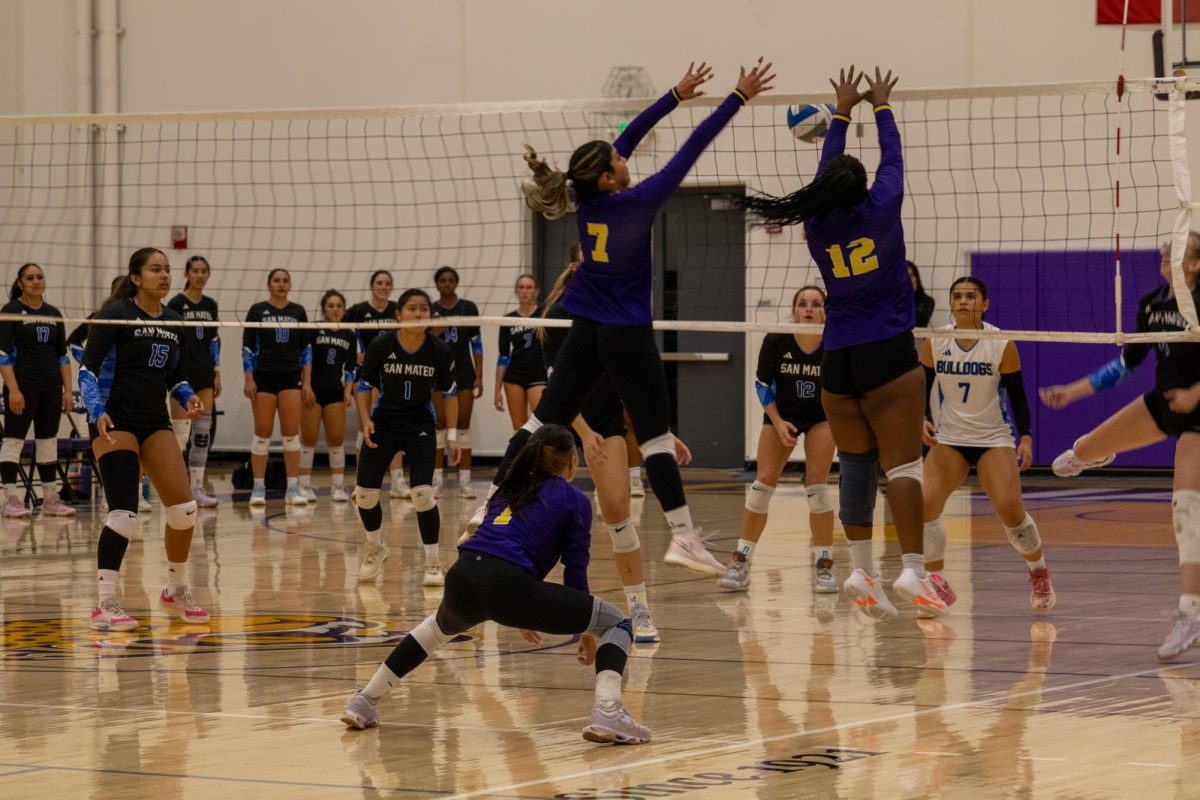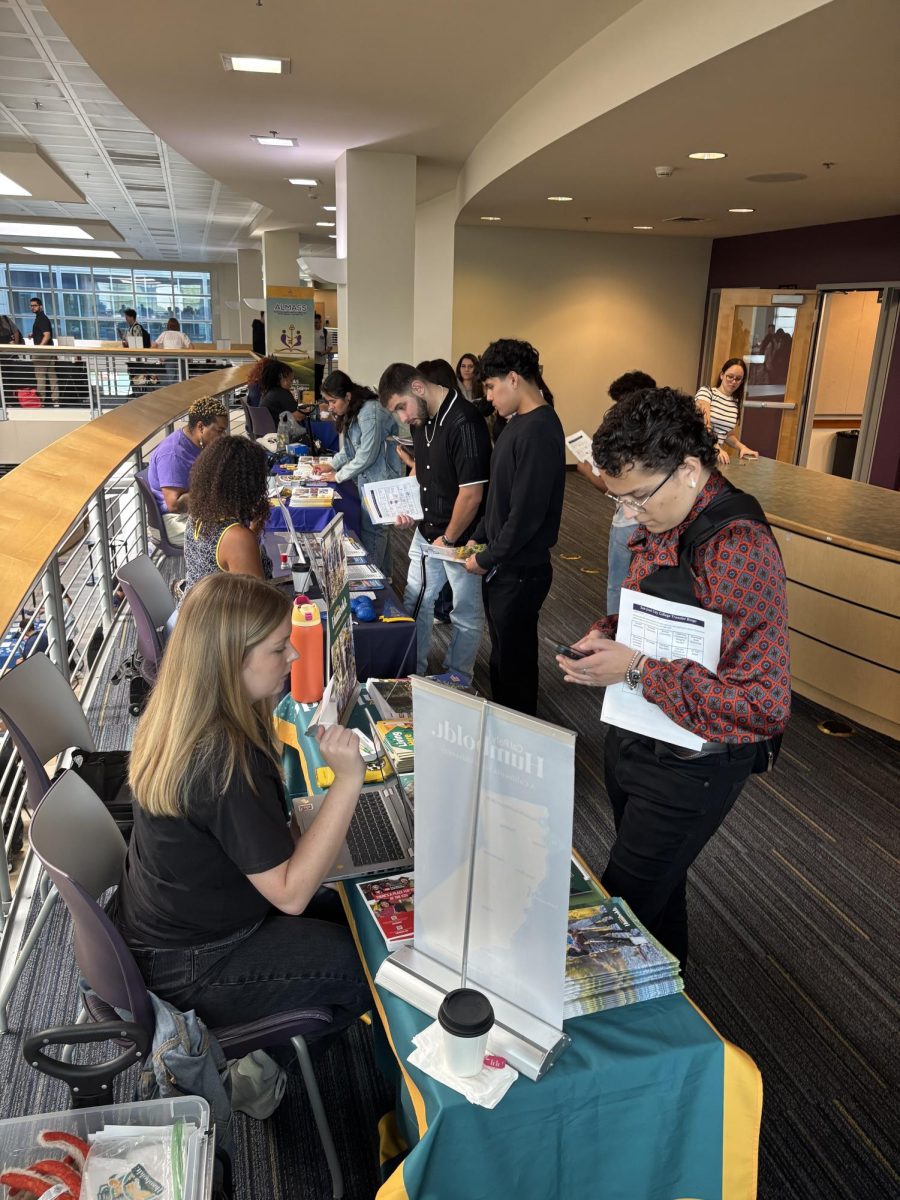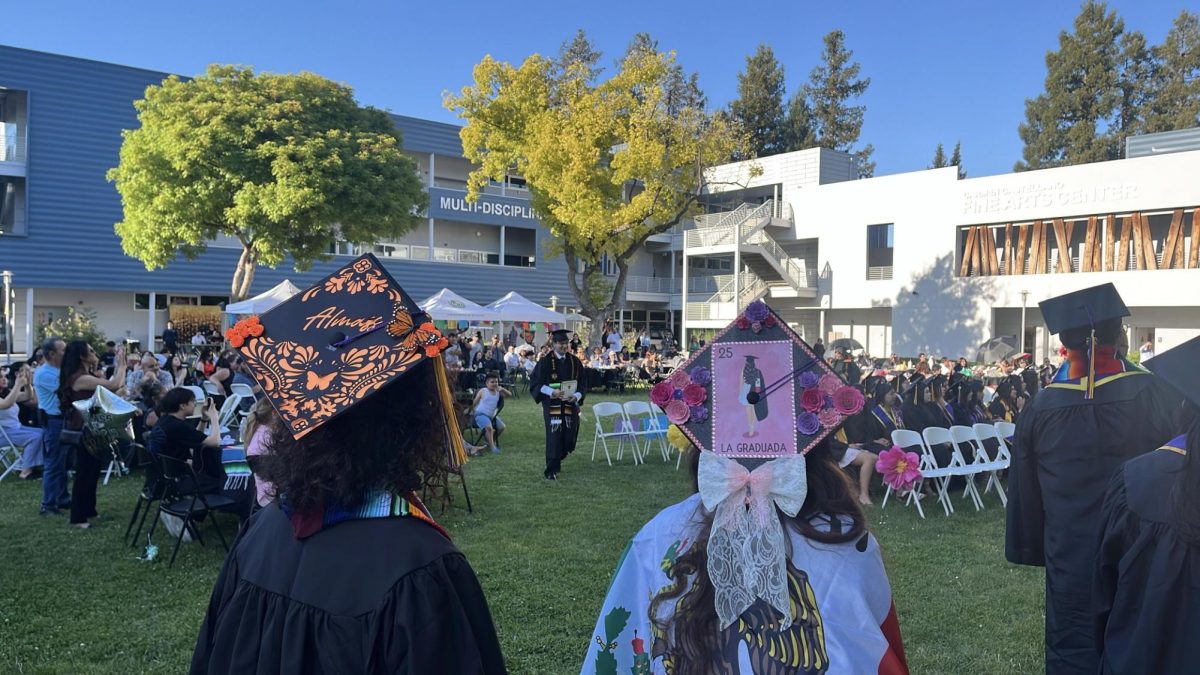Test highlights creative problem solving skills
Some were drawn in by the $3,000 national scholarship, most were allured by the chance for extra credit in their math classes, but a few were led to the semi-annual math contest by love.
The American Mathematical Association of Two Year Colleges test is given by more than 170 junior colleges across the country twice a year, once a semester. The schools have a two-week window to administer the exam, which was given at SJCC on March 6.
“The AMATYC is an intriguing test and one of my favorites,” Sameer Khanna,18, bioengineering major, wrote in an email. “It uses simple algebra, yet forces one to think hard about the questions.”
Michael Divinia, mathematics professor, said the benefit of the test for students is getting to “explore familiar math in new and interesting ways.”
“Some of the questions are based on logic,” Divinia said. They do not involve numbers, only critical thinking skills.
The test still requires an understanding of precalculus, so Divinia said it is important for students to know algebra, probability, logic, geometry and trigonometry.
The highest score possible on the exam is 40 points and the individual with the highest score nationally gets a $3,000 scholarship. Team scores, the average of the five highest scores, determine the school’s national ranking.
Marc Frodyma, physics and math professor, said 111 students participated last semester, while participation dropped to 68 this semester.
This fluctuation in participation is not out of the ordinary, according to Divinia’s records of contest participation, which cover the 17 years he moderated the exam from 1993 to 2010. Participation has never sunk as low as the years extra credit was not offered.
“The first few years the turnout was low,” Divinia said. “Eleanor Kendrick (recently deceased math professor) suggested giving extra credit.
After the math professors began giving extra credit, participation skyrocketed from nine participants in spring 1993 to 108 in fall 1994.
Khanna wrote that the extra credit was great, and the test served to remind him why he loved math in the first place.
“It helps you develop your critical thinking, refines your algebra,” Khanna wrote, “and gives you a good challenge.”






